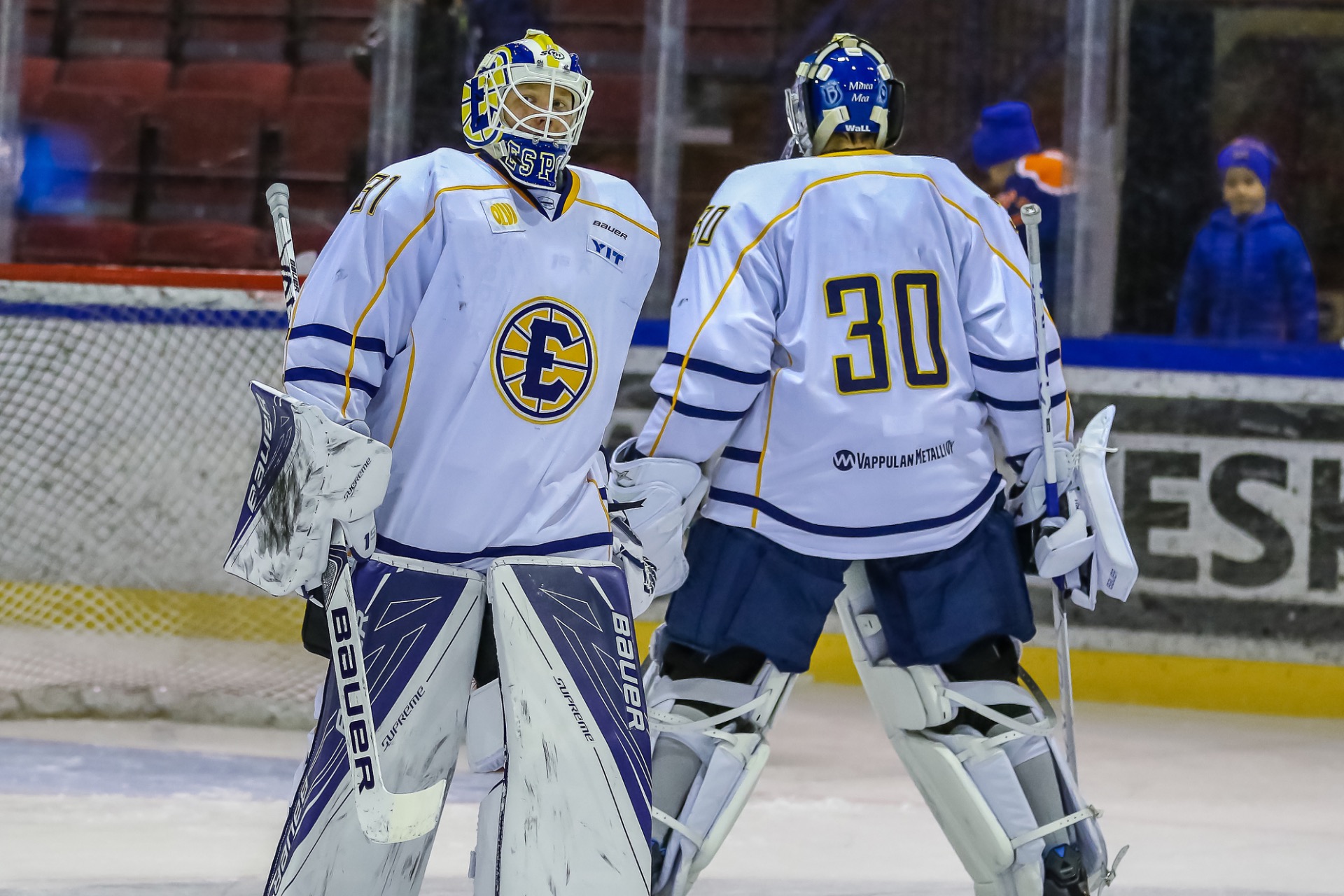Pulling the Goalie: Numbers vs. Narrative
My five cents about pulling the goalie in a hockey game. Does it make sense?

Professional ice hockey is a competitive sport on every level. Each team wants to win games and ultimately the championship. The challenge, of course, is that the opponent wants the same thing. Sometimes the puck just doesn't bounce your way, and suddenly you're a few goals behind. At that point, coaches may feel the urge to "do something": change line-ups, shout at referees, call a timeout… or pull the goalie "to wake the team up."
I understand that instinct. But how effective is this tactic really?
Statistically, pulling the goalie leads to a comeback win in less than seven percent of cases. In fact, a team has a higher chance of winning when it's down by about five goals without pulling the goalie. Let that sink in: with five goals against, you still have a better chance if you leave your netminder in place. The idea of "waking up the team" doesn't hold much weight when you look at the numbers.
Interestingly, the effectiveness also varies by league. In the NHL and KHL, teams average 0.5 points per game after pulling their goalie. In the DEL, the number drops to just 0.23. But even in the NHL or KHL, teams are still statistically more likely to win when they stick with their starter, even after allowing 4–5 goals.
So, if it doesn't work, what's the harm?
Everyone knows how demanding the goalie position is technically, tactically, physically, and mentally. Being pulled from the net can erode confidence and gradually weaken long-term performance. Sometimes you start with your first goalie and pull him out; in the next game, you start the backup and pull him as well. Repeating this cycle can unsettle the entire goalie group and create mistrust within the team's defense. Nothing collapses overnight, but the more often you "pull the lever," the greater the risk becomes.
Worst-case example would be the starting goalie allowing four to five goals, getting pulled and the substitute allowing five to six more. The next game, the coach is left wondering: who's mentally ready to start? Similar things happen every year all over the world. Short-term decision can produce a problem in longer term.
Of course, there are exceptions. Sometimes pulling the goalie does make sense:
- Protecting confidence – Sometimes nothing goes right for the goalie, all bounces are against him and the team defense might leave him occasionally alone. This might be a time to make the switch to preserve his mental game.
- Playoff scheduling – during long playoff runs with games on back-to-back nights, giving your starter an early rest in a "lost game" can help him reset for the next one.
- Easing in a rookie – bringing in a young goalie in a no-pressure situation can give valuable experience, provided he also gets a real start soon after.
- Buying time – in rare cases, a goalie switch is used as a "hidden timeout" when no official one is available.
If a substitution is necessary, it's often best done during the intermission, giving the incoming goalie time to prepare physically and mentally, and reducing the risk of injury.
Summary
I've spoken mostly against pulling the goalie during games, but this isn't black and white. Occasional changes are normal and sometimes useful. Problems arise when decisions are driven by emotion rather than strategy, or when the practice becomes frequent. Balancing short-term urgency with long-term performance is key.
The golden middle path is usually the right one.
What's your take? I'd love to hear your thoughts.
#progoaliecoach.com #goaliecoaching #goaltending #coaching #playerspath #education

Goalie changes in different leagues and their success rate. The amount of games in different leagues vary because the leagues have been followed for different amount of seasons.
Previous article: Players Path: From Youth to Professional
Previous article: Goalie Scouting: What Is It Really About?
Previous article: Building a Goalie Team in a Pro Hockey Organization (TOP Article)
Previous article: Goalie Coaching in a Professional Team: What Is It?
Previous article: Goaltending Beyond the Glove or Blocker: Rethinking Shot Analysis
Previous article: What Happens After the Final Whistle?
Previous article: Life of a professional Goalie Coach
Previous article: "Thank You and I'm Sorry"
Previous article: "DIE TORHÜTER HABEN IM SOMMER SEHR GUT GEARBEITET"
Previous article: New decade, new start

